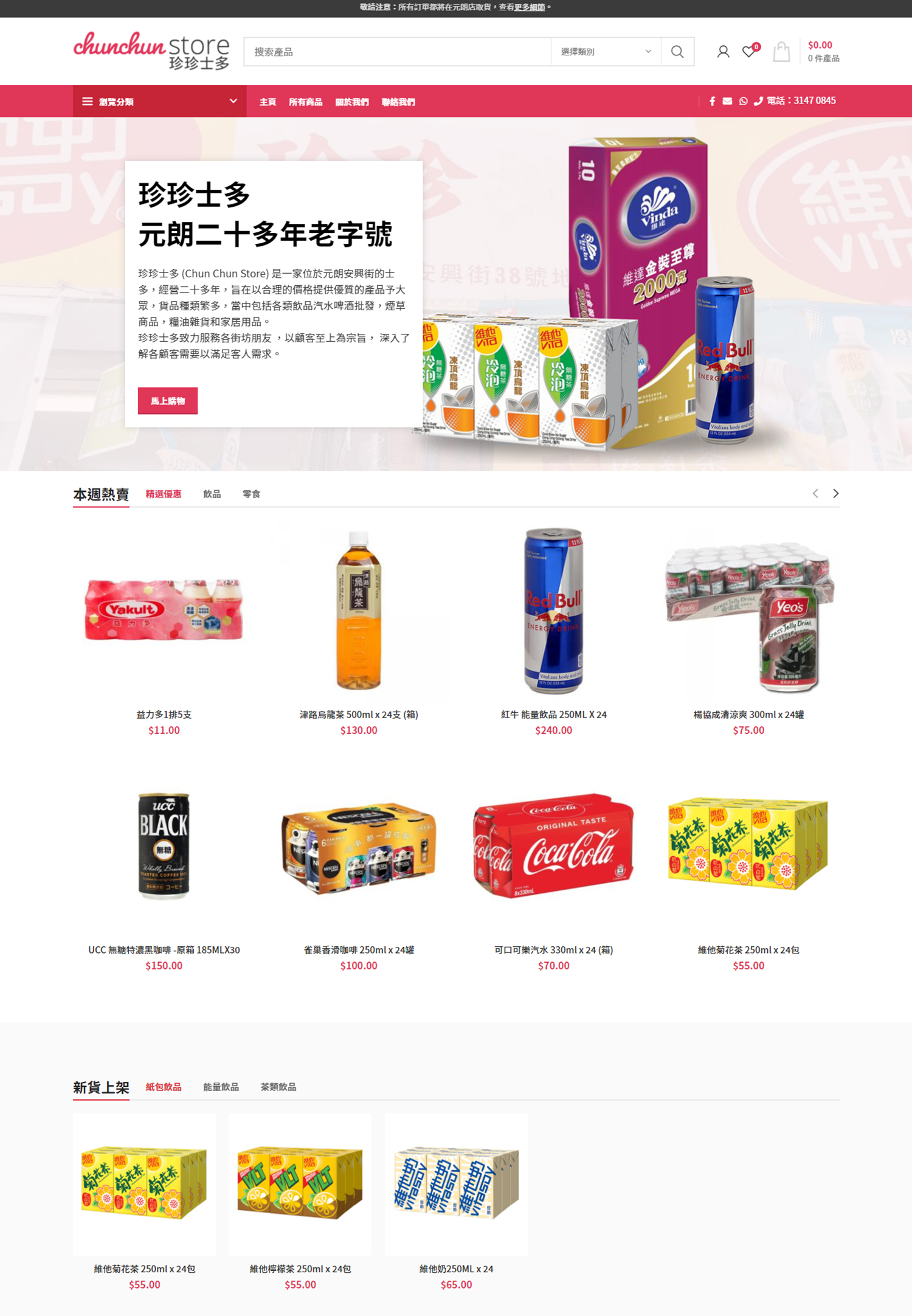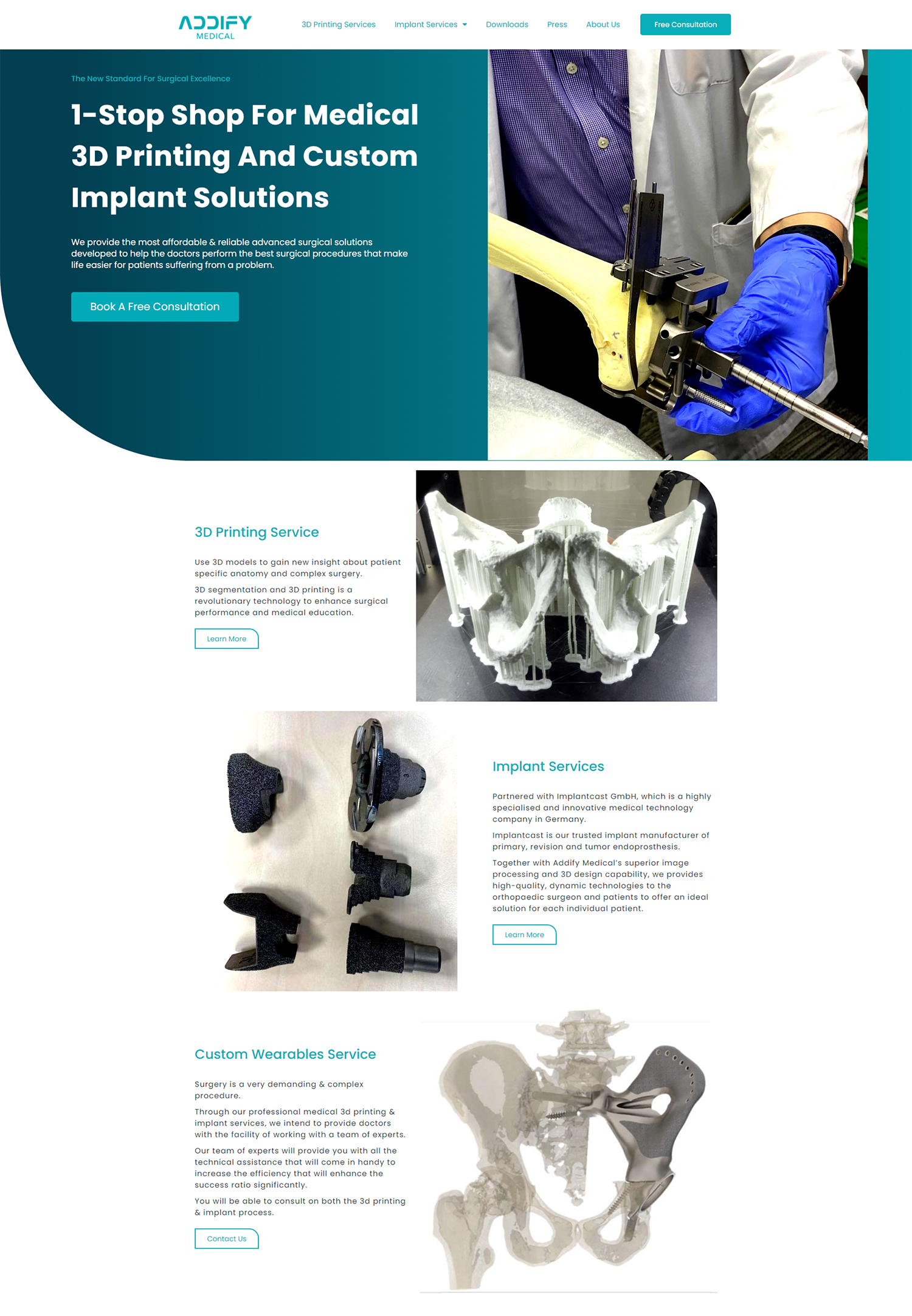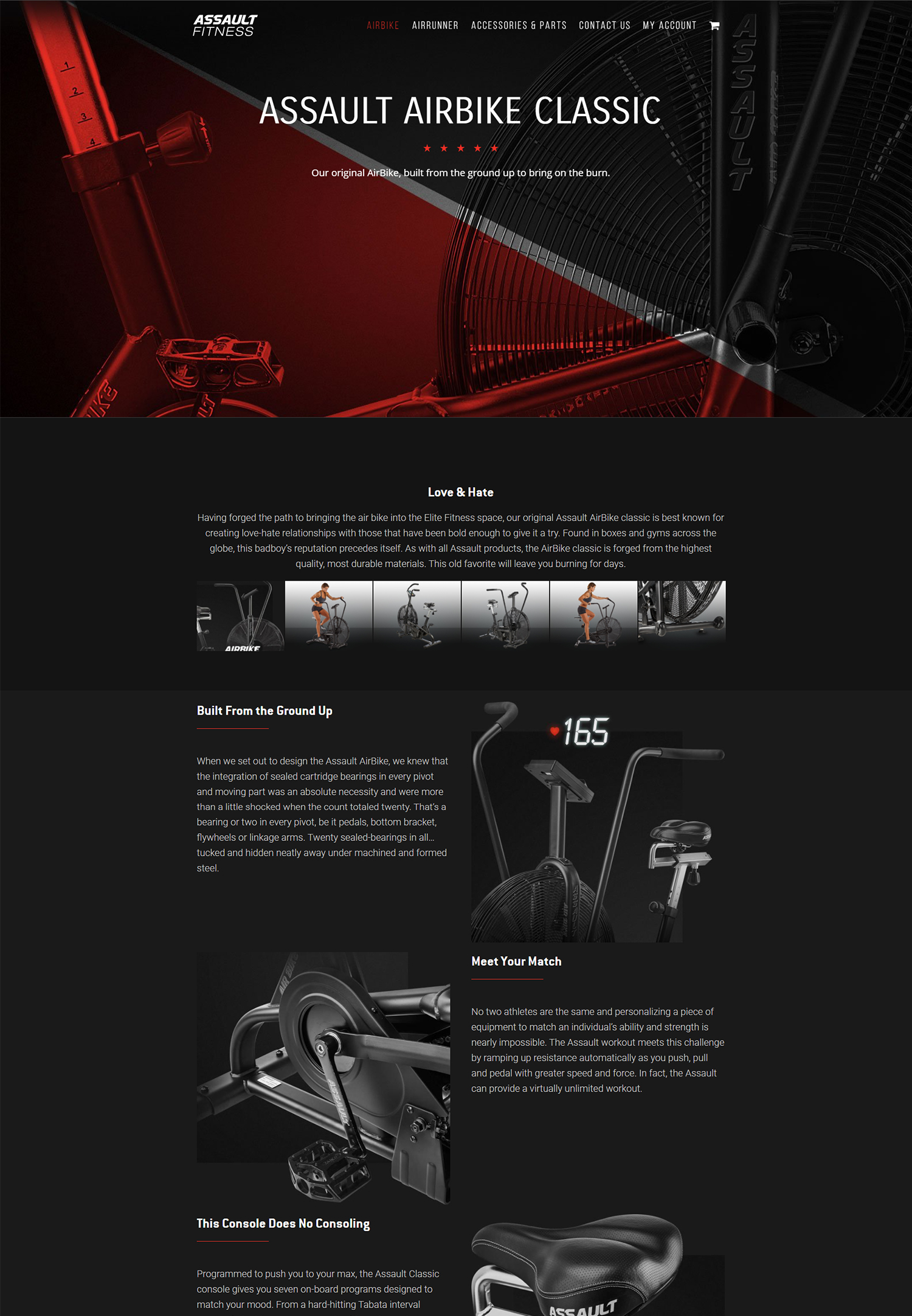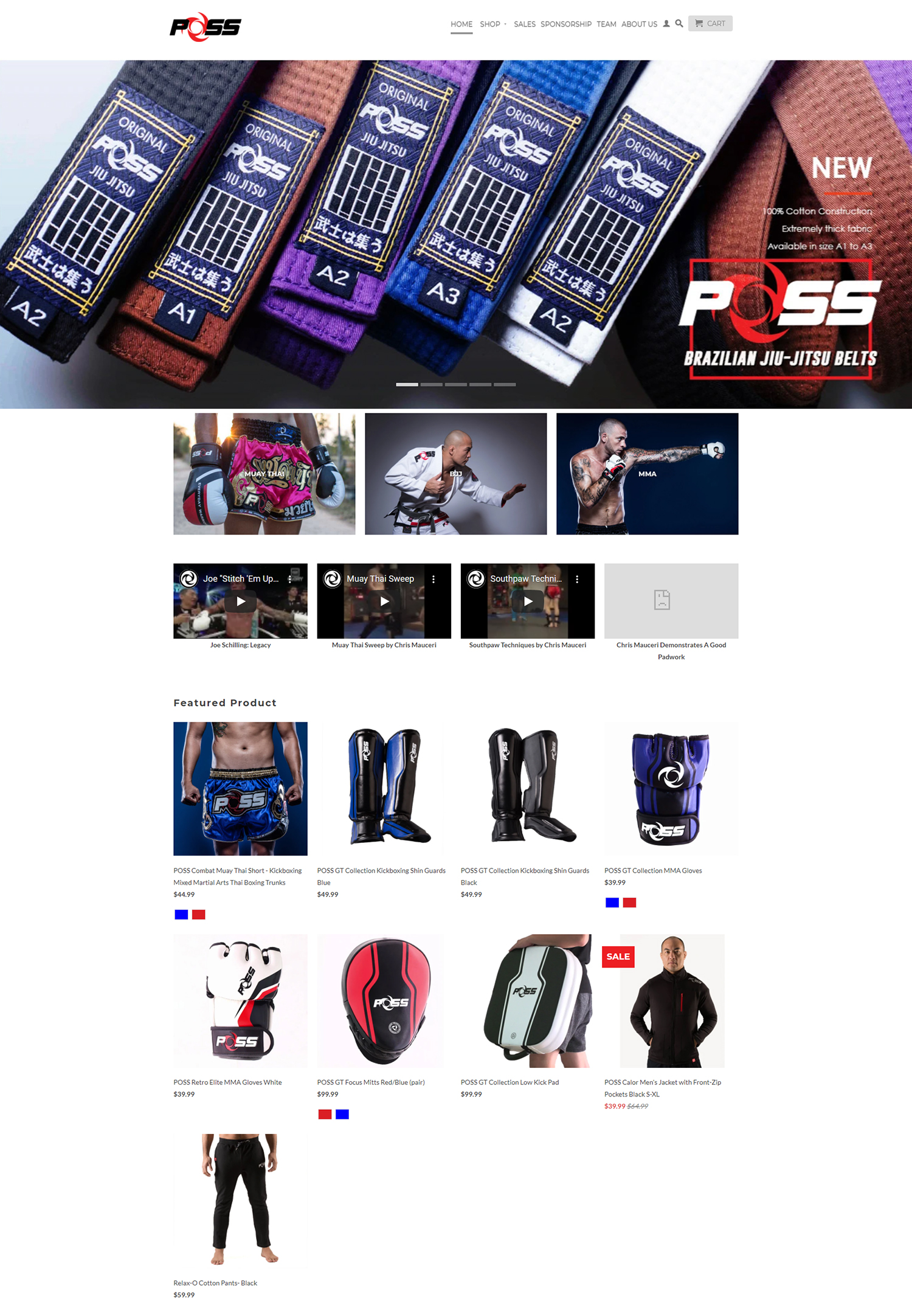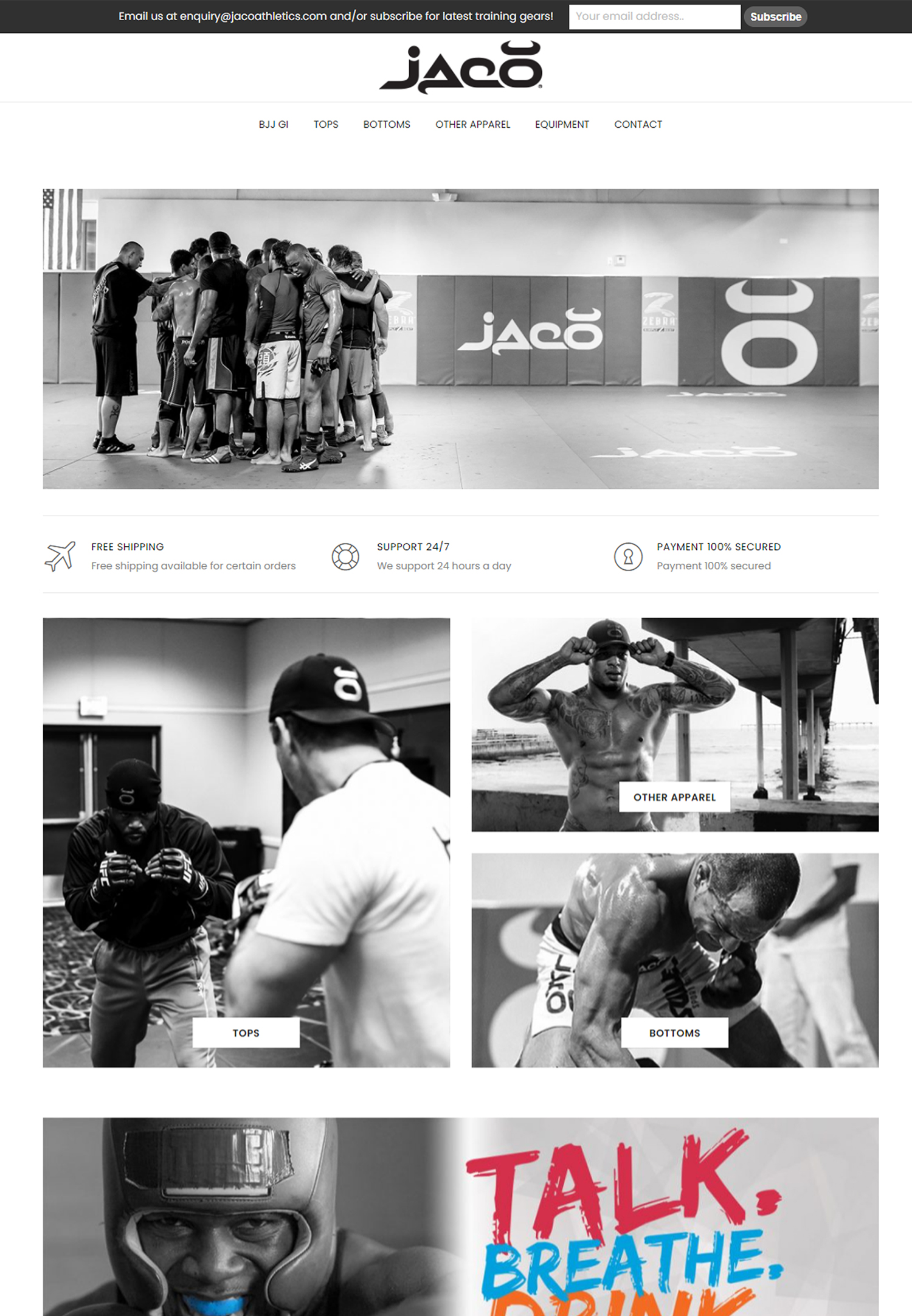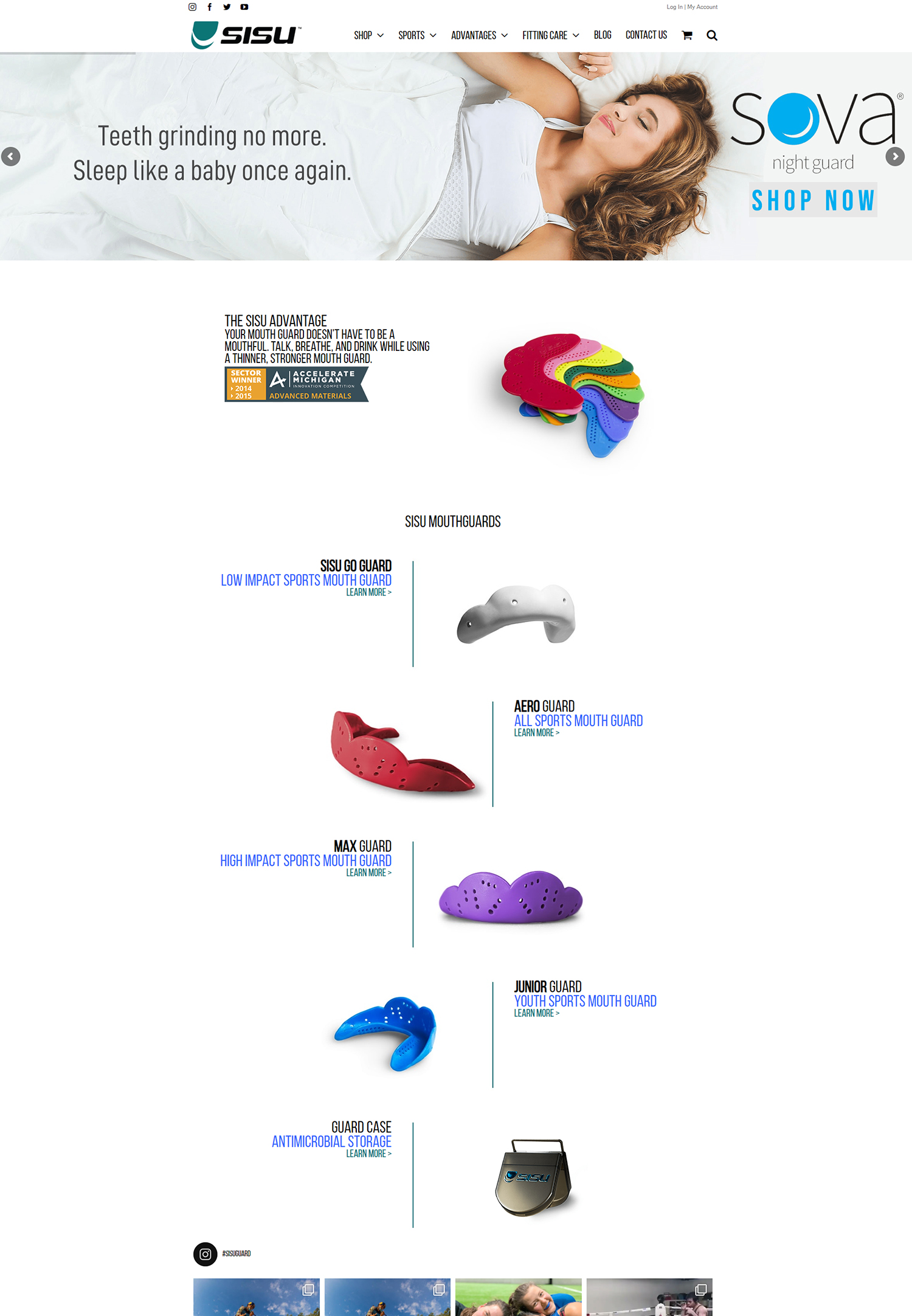In today’s digital age, the importance of digital marketing cannot be overstated. With more and more consumers turning to the internet to research and purchase products and services, businesses need to have a strong online presence in order to stay competitive. However, simply having a website or social media account is not enough. It is crucial for businesses to track their return on investment (ROI) in digital marketing efforts to ensure that they are getting the most out of their marketing budget.
Understanding the Importance of ROI in Digital Marketing
ROI is a measure of the profitability of an investment. In the context of digital marketing, ROI refers to the return on investment from various online marketing activities such as search engine optimization (SEO), content marketing, social media marketing, and email marketing. Tracking ROI is essential for businesses to determine the effectiveness of their digital marketing efforts and make informed decisions about where to allocate their resources.
By tracking ROI, businesses can identify which marketing channels are generating the most revenue and which ones are not performing as well. This allows them to optimize their marketing strategies and focus their efforts on activities that are delivering the highest RO
Without tracking ROI, businesses may be wasting valuable resources on ineffective marketing tactics, resulting in missed opportunities and lost revenue.
The Basics of Marketing Funnels and How They Work
A marketing funnel is a visual representation of the customer journey from awareness to purchase. It is called a funnel because it starts with a wide pool of potential customers at the top and narrows down as they move through different stages of the buying process. The stages of a typical marketing funnel include awareness, interest, consideration, intent, evaluation, and purchase.
Understanding marketing funnels is crucial for digital marketing success because it allows businesses to tailor their strategies to each stage of the funnel. For example, in the awareness stage, businesses can use SEO and content marketing to attract potential customers and build brand awareness. In the consideration stage, businesses can use social media marketing to engage and convert potential customers. And in the purchase stage, businesses can use email marketing to nurture leads and close sales.
How to Identify and Analyze Your Marketing Funnel Metrics
To optimize your marketing funnels, it is important to identify and analyze key metrics at each stage of the funnel. Some of the key metrics to track include website traffic, conversion rates, bounce rates, click-through rates, and customer lifetime value.
By analyzing these metrics, businesses can identify areas for improvement and make data-driven decisions about how to optimize their marketing funnels. For example, if the conversion rate is low in the consideration stage, businesses can focus on improving their social media engagement strategies. If the bounce rate is high in the evaluation stage, businesses can work on improving the user experience on their website.
The Role of Digital Marketing in Optimizing Your Marketing Funnels
Digital marketing plays a crucial role in optimizing each stage of the marketing funnel. In the awareness stage, businesses can leverage SEO and content marketing to drive traffic to their funnel. By creating high-quality content that is optimized for search engines, businesses can attract potential customers who are actively searching for information related to their products or services.
In the consideration stage, businesses can use social media marketing to engage and convert potential customers. By creating a strong social media presence and sharing valuable content, businesses can build brand awareness and trust with their target audience. Social media platforms also provide opportunities for businesses to interact with potential customers and address any questions or concerns they may have.
In the purchase stage, businesses can use email marketing to nurture leads and close sales. By creating targeted and personalized email campaigns, businesses can stay top-of-mind with potential customers and provide them with relevant information that will help them make a purchasing decision. Email marketing also allows businesses to track customer behavior and tailor their messaging based on individual preferences and interests.
Leveraging SEO and Content Marketing to Drive Traffic to Your Funnel
SEO and content marketing are powerful tools for driving traffic to your marketing funnel. SEO involves optimizing your website and content to rank higher in search engine results pages (SERPs). By targeting relevant keywords and creating high-quality content that provides value to your target audience, you can attract organic traffic from search engines.
Content marketing involves creating and sharing valuable content that is relevant to your target audience. This can include blog posts, articles, videos, infographics, and more. By consistently creating high-quality content that addresses the needs and interests of your target audience, you can establish yourself as a thought leader in your industry and attract potential customers to your funnel.
Using Social Media to Engage and Convert Your Audience
Social media platforms provide businesses with a unique opportunity to engage and convert their target audience. By creating a strong social media presence and sharing valuable content, businesses can build brand awareness and trust with their target audience. Social media also allows businesses to interact with potential customers in real-time, addressing any questions or concerns they may have.
To effectively use social media for engagement and conversion, businesses should focus on creating a consistent brand voice and aesthetic across all platforms. They should also regularly post engaging content that is relevant to their target audience. By using social media analytics tools, businesses can track the performance of their social media campaigns and make data-driven decisions about how to optimize their strategies.
The Power of Email Marketing in Nurturing Leads and Closing Sales
Email marketing is a highly effective tool for nurturing leads and closing sales. By capturing email addresses from potential customers who have shown interest in your products or services, you can stay top-of-mind with them and provide them with relevant information that will help them make a purchasing decision.
To effectively use email marketing, businesses should focus on creating targeted and personalized email campaigns. This can include sending automated welcome emails to new subscribers, segmenting your email list based on customer behavior and preferences, and sending personalized product recommendations based on past purchases.
By tracking email open rates, click-through rates, and conversion rates, businesses can measure the effectiveness of their email campaigns and make data-driven decisions about how to optimize their strategies.
How to Optimize Your Landing Pages for Maximum Conversions
Landing pages are an essential part of any marketing funnel as they are the pages where potential customers land after clicking on an ad or a link. To optimize your landing pages for maximum conversions, it is important to create clear and compelling pages that are designed to guide potential customers towards taking a specific action, such as making a purchase or signing up for a newsletter.
Some best practices for optimizing landing pages include using clear and concise headlines, including compelling calls-to-action, using high-quality images and videos, and minimizing distractions. By regularly testing different elements of your landing pages and analyzing the results, you can continuously improve their performance and increase conversions.
A/B Testing and Other Strategies for Continuously Improving Your Funnel
A/B testing is a powerful strategy for continuously improving your marketing funnel. A/B testing involves creating two versions of a webpage or an email campaign with one element changed (such as a headline or a call-to-action) and then testing them against each other to see which version performs better.
By conducting A/B tests on different elements of your marketing funnel, you can identify which variations lead to higher conversion rates and make data-driven decisions about how to optimize your strategies. Other strategies for continuously improving your funnel include conducting user surveys, analyzing customer feedback, and staying up-to-date with industry trends and best practices.
Measuring and Tracking ROI in Your Digital Marketing Funnels
Measuring and tracking ROI in your digital marketing funnels is essential to ensure that your marketing efforts are effective. To measure ROI, you need to track the revenue generated from your marketing activities and compare it to the cost of those activities.
There are several tools and platforms available that can help you track ROI, such as Google Analytics, which provides detailed insights into website traffic, conversions, and revenue. By regularly analyzing these metrics and comparing them to your marketing expenses, you can determine which marketing channels are delivering the highest ROI and make informed decisions about where to allocate your resources.
In conclusion, digital marketing plays a crucial role in the success of businesses in today’s digital age. By tracking ROI and optimizing marketing funnels, businesses can ensure that their marketing efforts are effective and generate a positive return on investment. By leveraging SEO and content marketing, social media engagement, email marketing, and optimized landing pages, businesses can attract and convert potential customers at each stage of the marketing funnel. By continuously testing and optimizing their strategies and tracking ROI, businesses can stay ahead of the competition and drive long-term success.
Check out our article on “Marketing Funnels: A Guide to Driving Conversions and Sales” to learn how to optimize your digital marketing strategy. Marketing funnels are essential for guiding potential customers through the buyer’s journey, from awareness to purchase. In this article, we explore the different stages of a marketing funnel and provide tips on how to create effective funnels that drive results. Whether you’re new to digital marketing or looking to improve your existing funnel, this article will provide valuable insights. Read it here.
FAQs
What is digital marketing?
Digital marketing is the practice of promoting products or services using digital technologies, such as the internet, social media, search engines, mobile devices, and other digital channels.
What are marketing funnels?
Marketing funnels are a series of steps that a potential customer goes through before making a purchase. These steps typically include awareness, interest, consideration, and conversion.
How do marketing funnels work in digital marketing?
In digital marketing, marketing funnels are used to guide potential customers through the buying process. By creating targeted content and using various digital channels, marketers can attract potential customers and move them through the funnel towards a purchase.
What are the benefits of using marketing funnels in digital marketing?
Using marketing funnels in digital marketing can help businesses to better understand their customers, improve their targeting, and increase their conversion rates. By guiding potential customers through the buying process, businesses can also improve their customer retention and loyalty.
What are some common digital marketing channels used in marketing funnels?
Common digital marketing channels used in marketing funnels include social media, email marketing, search engine optimization (SEO), pay-per-click (PPC) advertising, and content marketing.
How can businesses measure the effectiveness of their marketing funnels?
Businesses can measure the effectiveness of their marketing funnels by tracking key performance indicators (KPIs) such as website traffic, conversion rates, and customer retention. By analyzing these metrics, businesses can identify areas for improvement and optimize their marketing funnels for better results.





